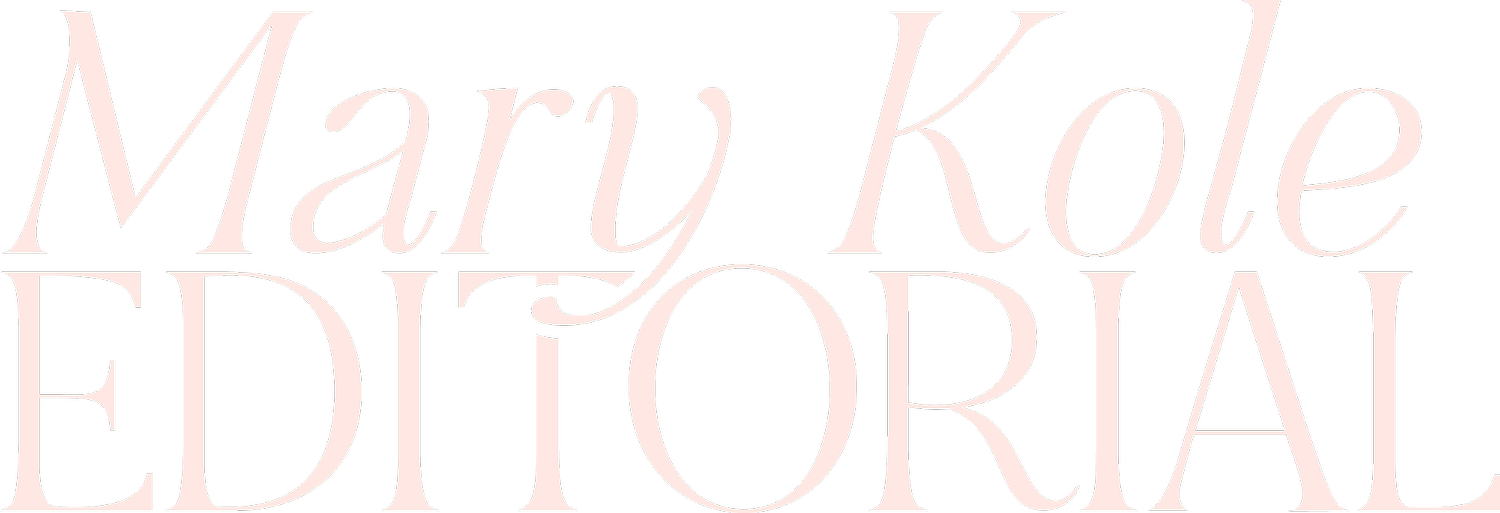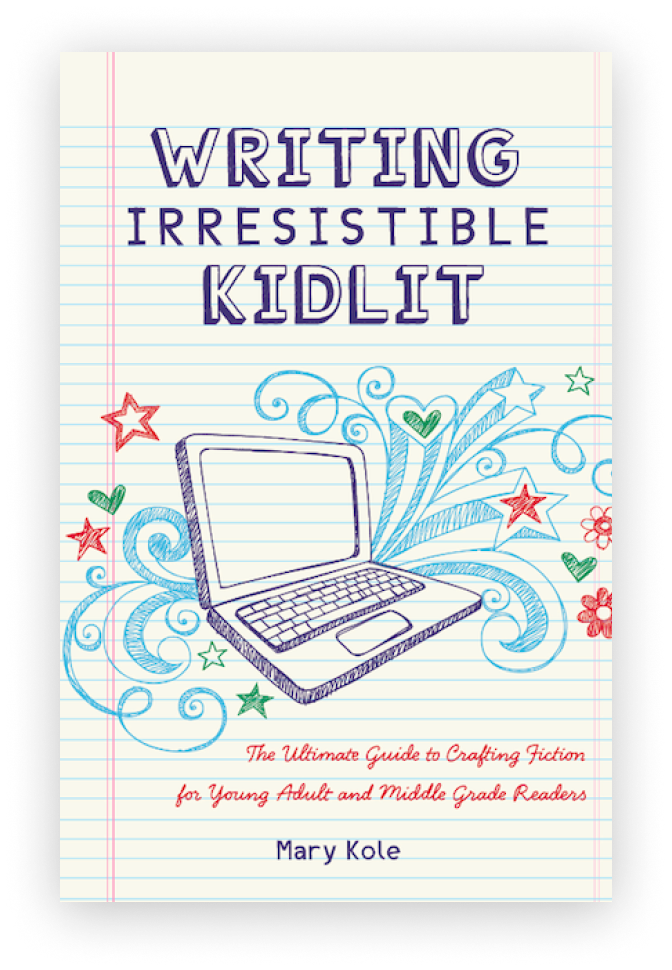Figuring Out Middle Grade
Page Count
By Mary Kole
Mary Kole is a former literary agent, freelance editor, writing teacher, author of Writing Irresistible Kidlit, and IP developer for major publishers, with over a decade in the publishing industry.
If you’ve always dreamt of writing children’s books for tween readers, I am here to guide you through the sometimes confusing world of middle grade page count. With the growing popularity of fiction for this target audience, and the segmented state of children’s book publishing, you need to understand the parameters for writing a middle grade novel, including the appropriate middle grade age range, middle grade word count, and other special considerations. This article will equip you with all the knowledge you need to craft a successful middle grade novel with an appropriate middle grade page count.
Keep Target Audience in Mind for Middle Grade Page Count
First, let's discuss the parameters for writing a middle grade novel. This category (not a genre) is aimed at readers ages nine to twelve, with a protagonist who tends to come in at ages ten to thirteen. This middle grade age range allows teen readers to experience relatable characters and situations, while still giving those characters the ability to engage in a dynamic plot arc with some independence. Middle grade novels often tackle important themes like self-discovery, friendship, individuation, and family, all while being accessible and relatable to young readers.
What’s the Ideal Middle Grade Page Count?
Next, let's talk about page counts. The middle grade page count typically ranges from 150 to 300 pages, with an average length of around 225 pages. But the publishing industry doesn’t often track manuscripts in terms of page count, because manuscript formatting varies so widely from file to file. Middle grade word count is the more professional way of talking about a book’s length, and most middle grade novels clock in between 20,000 words (on the short side) and 60,000 words (on the long side, and for fantasy, adventure, and science fiction projects).
It's essential to keep your story concise and engaging, as young readers may get overwhelmed by too much content, especially those who have most recently been reading chapter books and are only now reading novels independently. Again, the aim is to keep the story focused and engaging, with quick pacing, and no room for unnecessary padding.
When it comes to writing middle grade novels, it's important to keep in mind the uniqueness of the target audience. Middle grade readers have different interests and levels of comprehension than adult readers, so writing for them requires a different approach. Be sure to avoid overly complex vocabulary, graphic violence or sexual content, and complicated plotlines with many subplots and secondary characters. You can certainly add complex ideas to your story without dumbing anything down, but you shouldn’t confuse your readers. Instead, focus on creating relatable characters, engaging dialogue, and an exciting plot outline that will hook your reader from the beginning.
Considerations Beyond Middle Grade Page Count
It's also essential to consider the size of the middle grade publishing market. This category has been growing in popularity over the last few years, accounting for approximately 32% of all children's book sales. It plays especially well for the school and library audience, allowing authors to do school visit book marketing. This surge in demand has resulted in an increase in the number of middle grade titles published each year. This is great news for aspiring writers, as it means there is a market for their work, as long as they’re able to follow middle grade page count, protagonist age, content, and middle grade word count guidelines.
I also want to touch on the idea of writing a series for middle grade readers. Many successful middle grade novels are part of a series, providing the reader with an ongoing narrative for characters who readers have come to love. You don’t have to generate a book series idea, but you might want to consider it. It’s important to plan out your series carefully, with an overarching plot arc and character arc that spans multiple installments, with each still coming to a satisfying resolution for the time being before a new adventure kicks off. Each book should be able to stand alone but also contribute to the overall story. You might find that a plot outline is helpful for planning purposes. A fresh and exciting premise is crucial when you’re brainstorming a series idea, as you want to make sure there’s enough substance to carry multiple books.
Writing a middle grade novel requires a unique understanding of the target audience and the restrictions imposed on them by the publishing market for books for young readers. By following the parameters outlined above for middle grade page count and keeping in mind the special considerations when crafting your story, you can create a successful work of literature for middle grade readers. Remember to keep your story concise, relatable, and engaging, and always be sure to pitch your work within the growing middle grade publishing market. So go ahead, start writing that series or standalone, and watch your work connect with tweens and teens everywhere.

Click here to purchase Writing Irresistible Kidlit, my book on fiction craft for MG and YA novels, out from Writer's Digest Books. This will show you my writing craft philosophy and give you lots of valuable advice, including tips for the novel revision process and self-editing. There are over 35 example novels cited and discussed throughout. It’s a valuable resource for any writer’s toolkit.



